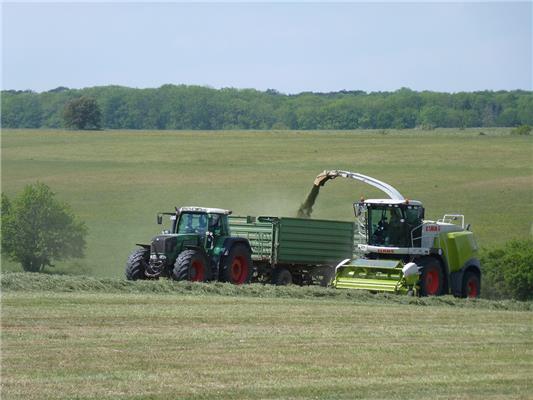Subscribe to Our Newsletters
Feedstuffs is the news source for animal agriculture
Grasslands provide many important services for people, including food production, soil development, climate regulation and recreation.
August 18, 2016

You May Also Like